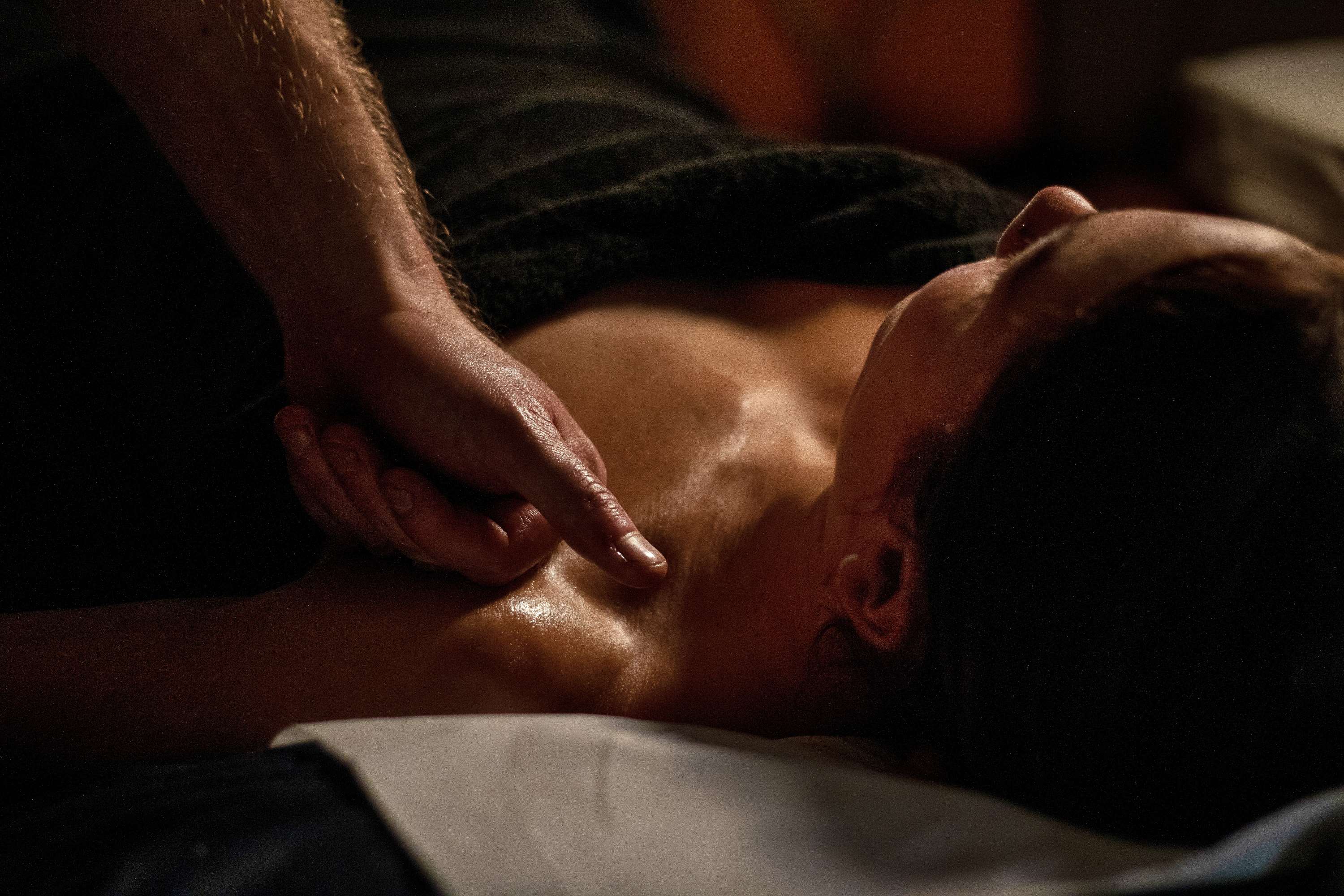Lateral Epicondylitis (Tennis Elbow)
- Pentons Performance Therapy

- Oct 21, 2019
- 2 min read
Lateral Epicondylitis, otherwise known as Tennis elbow, is one of the most common injuries to occur at the elbow. It is an overuse injury resulting in tendinopathy of the extensor muscle in the forearm. The extensor muscles are found on the posterior forearm when in the anatomical position with palms facing forward. With the exception of the Brachioradialis and Extensor Carpi Radialis Longus (excuse the long latin names) the posterior forearm muscles originate from the lateral epicondyle of the humerus. As the name suggests the extensor muscles extend the wrist and fingers.

Trauma injuries can occur to the extensor muscles although this is uncommon. Falling onto a flexed wrist may injure these muscles although we tend to extend the rest to land on the palms of our hand. Therefore, Tennis elbow is brought on by over usage, repetitive use of hand and wrist stress the extensor muscles create tendinopathy at the common extensor tendon. Racket sports were initially to blame for this injury hence the name, however with modern day life’s factors such as typing, using the mouse and smart phones can all lead to tennis elbow. Being a sports therapist using my hands all day also means I am a prime candidate for this injury.
Warning signs and symptoms of Lateral Epicondylitis
· Tenderness/pain on the outside of the elbow.
· A persistent ache of the elbow, often worse in the mornings.
· Pain when gripping tightly with the hand.
· Tingling or numbness in the fingers
· Painful to straighten the arm after being flexed for a while
· Pain when touching the forearm muscles.
What causes Lateral Epicondylitis?
· Repetitive gripping and/or squeezing of the hand.
· Excessive rotation of the wrist (using a screwdriver)
· Racket sports, especially when using backhand shots.
· Typing or long periods scrolling on smart phones.
How do we treat Lateral Epicondylitis at Pentons Performance Therapy?
As with all our treatments we start with a full assessment to fully diagnose the issue as well as to understand why the injury may have occurred in the first place. Diagnosis involves palpation of the forearm, special tests including a grip strength test, muscle function testing and range of motion checking. Once the issue has been found and understood we start by taking the tension out of the forearm muscles both anteriorly and posteriorly, we then look to work on joint mobilisation of the wrist, elbow and shoulder.
Massage techniques will be applied to the arm usually in conjunction with cryotherapy which we find hugely effective in treating tendinopathy injuries. We will then begin a rehab programme to restore normal muscle function and strength to the arm. These exercises will be included in an aftercare plan with advice on how to treat the injury at home between appointments at Pentons Performance Therapy.






Comments